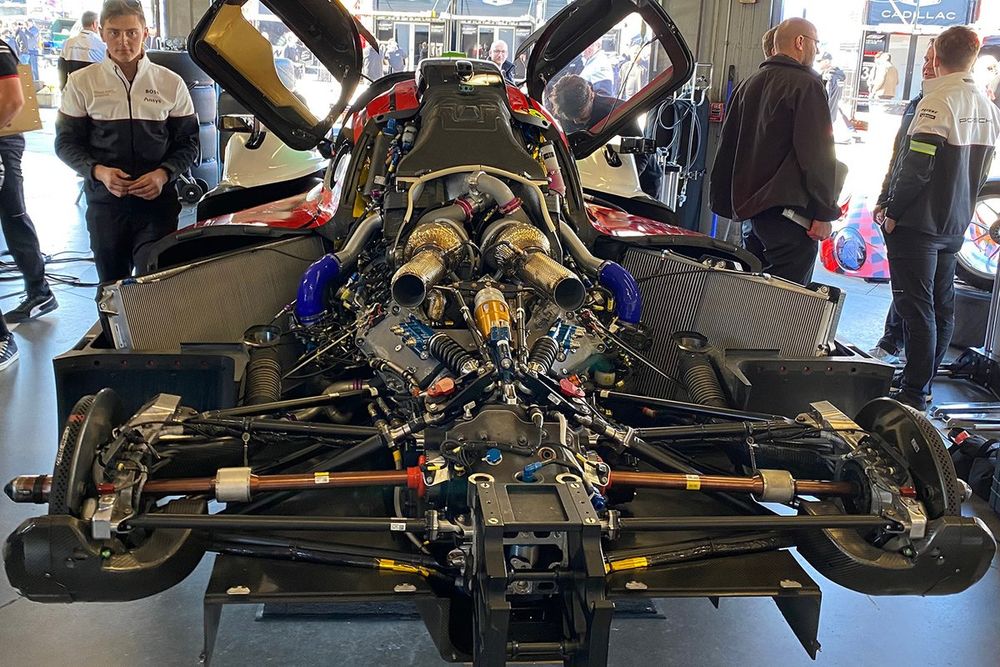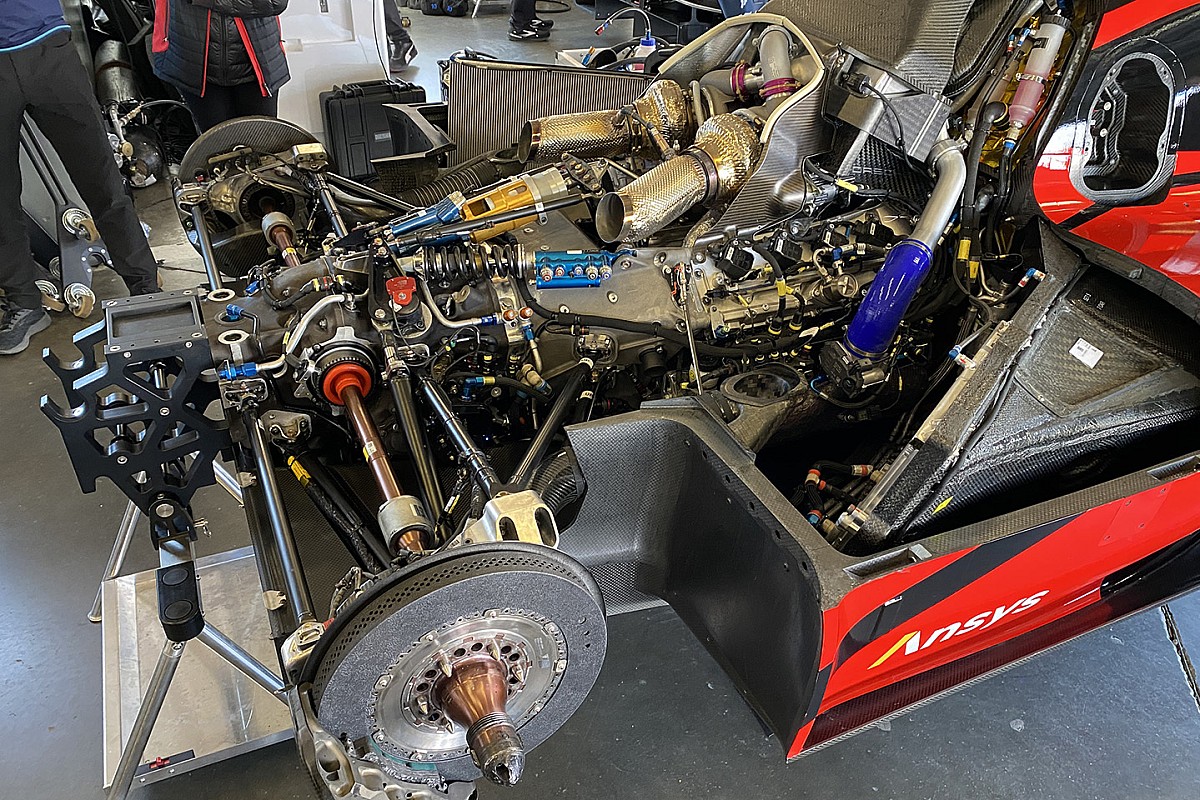The German manufacturer has disclosed its ongoing work on a new crankshaft for the 4.6-liter twin-turbo LMDh engine. This engine is an evolution of the normally aspirated units utilized in the RS Spyder LMP2 and the 918 Spyder plug-in hybrid road car.
Urs Kuratle, head of the LMDh project at Porsche, stated that the brand is currently awaiting approval from the sanctioning bodies of the World Endurance Championship and the IMSA SportsCar Championship. The approval is essential before establishing a timeline for deploying the updated engine.

Kuratle highlighted that discussions with IMSA and the Automobile Club de l’Ouest center around the possibility of introducing the engine in 2024 rather than the subsequent season. The decision hinges on this approval, with the timeline for the engine’s debut remaining uncertain.
Notably, only one homologation is allowed in LMDh, requiring the engine to be introduced simultaneously across all 963s, including factory Penske and customer cars participating in WEC and IMSA. Potential supply chain issues may arise if the modifications involve larger components.
While the exact reasons for the engine updates remain undisclosed, Porsche faced vibration issues with the flat-plane crank V8 during the inaugural season, affecting overall reliability. The extent of the revisions is yet to be clarified, and it remains uncertain whether the changes will be considered one of the permitted five performance developments over the lifecycle of LMDh and Le Mans Hypercar prototypes.
Porsche has emphasized that safety and reliability-focused revisions are permissible, but manufacturers must seek approval and update homologation. The EVO joker system, aligning LMDh and LMH last year, involves a negotiation process, as noted by Kuratle in reference to the approval process with ACO/FIA and IMSA.
At the Daytona 24 Hours IMSA season-opener, the four 963s remain largely unchanged from the previous year. Porsche has not invoked any ‘evo jokers’ in the developments, with updates limited to minor details like sensors, cable layouts, and occasional material changes for reliability reasons. Kuratle confirmed that the cars were running in an updated specification at the official IMSA sanction test in December.







